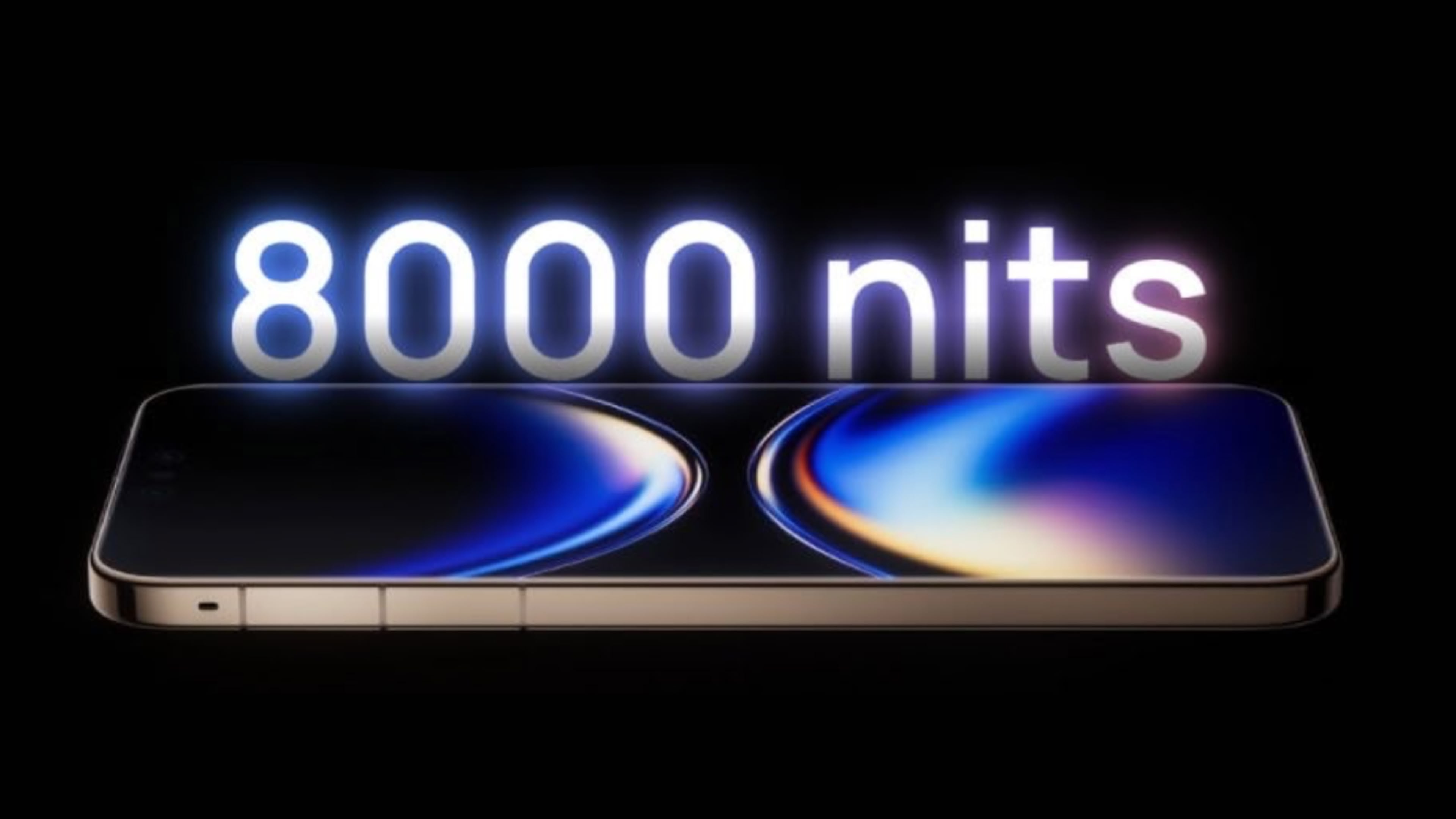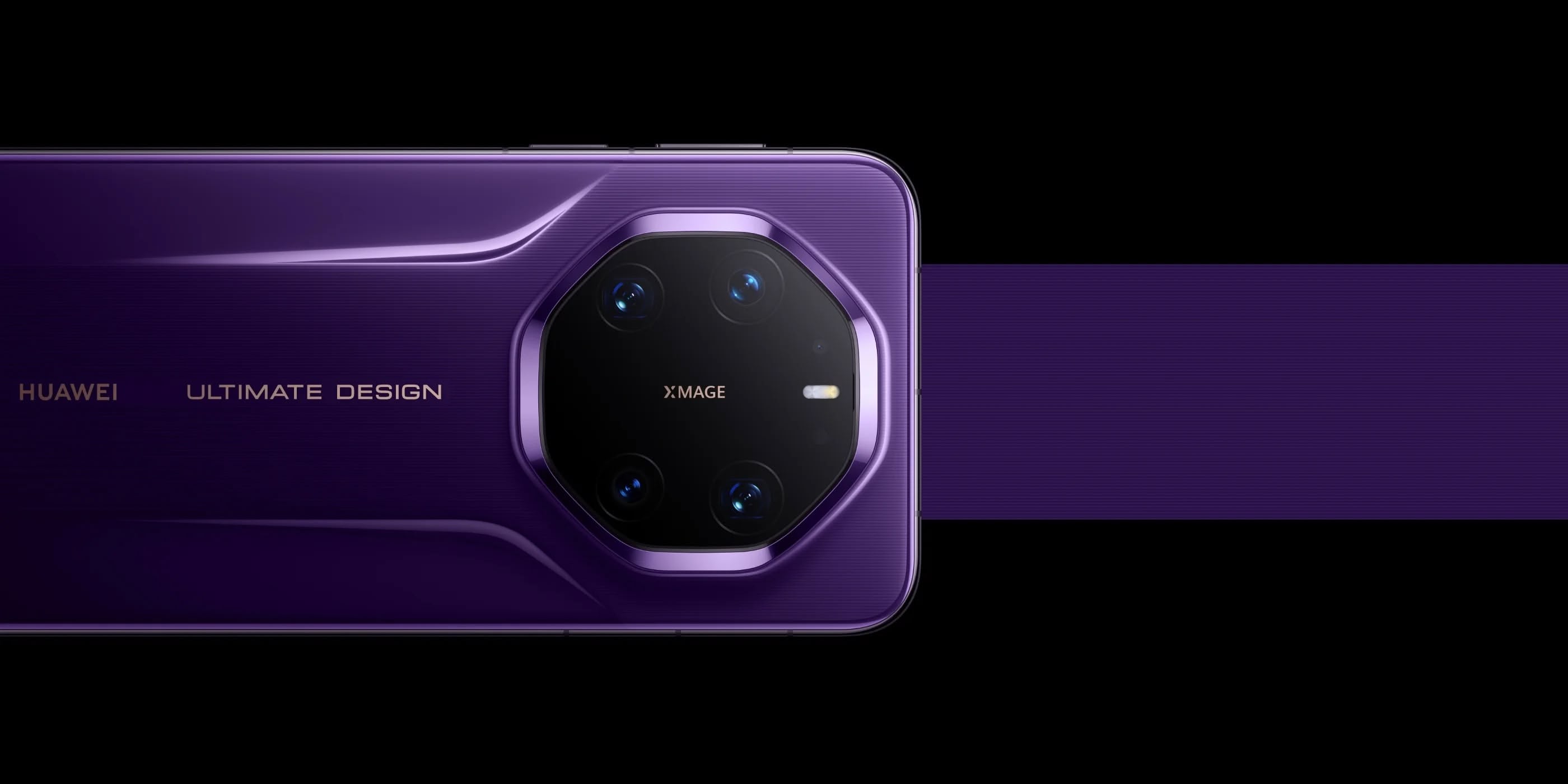
Huawei's just-announced Mate 80 lineup is attracting attention in China today thanks to a display spec that easily sees off the competition in the premium smartphone segment.

The company claims the OLED panels in its latest phones can reach up to 8,000 nits of peak brightness – a figure that, if independently verified, would make the Mate 80 series the brightest smartphones on the market.
Huawei says all four models – the Mate 80, Mate 80 Pro, Mate 80 Pro Max, and Mate 80 RS – achieve unmatched peak output, but the Pro Max uses a dual-layer OLED design to push 8,000 nits brightness, with superior efficiency and better thermal handling.
The claim positions Huawei well ahead of Apple's latest iPhone 17 models, which top out at 3,000 nits peak outdoor brightness and 1,600 nits HDR peak.
On paper, there's a yawning gap between the figures, but how they're measured is the key. Huawei hasn't said what testing conditions underlie its 8,000-nit claim, and peak brightness metrics often apply only to small portions of the display for very brief moments.
By contrast, Apple says its iPhone 17 models achieve a "typical" max brightness of 1,000 nits, while the other specifications describe sustained outdoor or HDR behaviour. That makes direct comparisons difficult until reviewers can test the Mate 80 displays in controlled conditions.
There are also practical questions surrounding Huawei's figures. Real-world visibility isn't just about peak output – it depends on factors such as viewing angle, reflectivity, contrast, and colour accuracy.
If Huawei's numbers hold up under testing, the Mate 80 series could signal another leap in smartphone display performance. For now, the claims highlight how aggressively some manufacturers are pushing OLED panel brightness as a key differentiator.
Other notable specs in the Mate 80 series include high-end camera systems with variable-aperture main sensors and multiple telephoto lenses, RAM options reaching 20GB on the top models, and large batteries up to 6,000 mAh paired with fast wired and wireless charging.

The Mate 80 Pro Max starts at CNY 7,999 (about $1,127) in China, while the top-tier Mate 80 RS Master Edition comes in at CNY 11,999 (about $1,683). The prices place the highest-end models firmly in flagship territory, even before considering storage upgrades.
Article Link: Huawei Mate 80 Series Debuts With Claim of 8,000-Nit Peak Brightness
Last edited:


